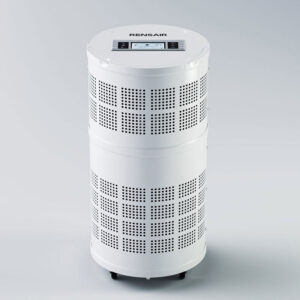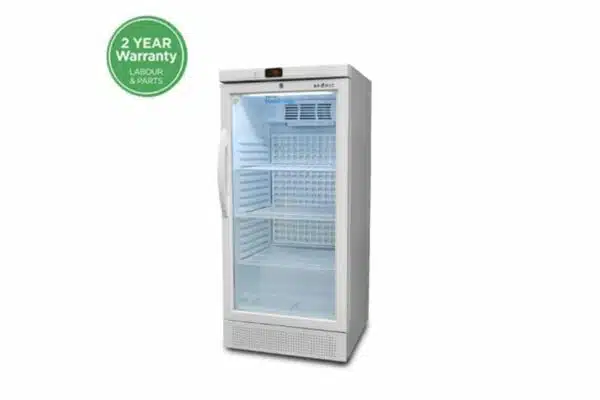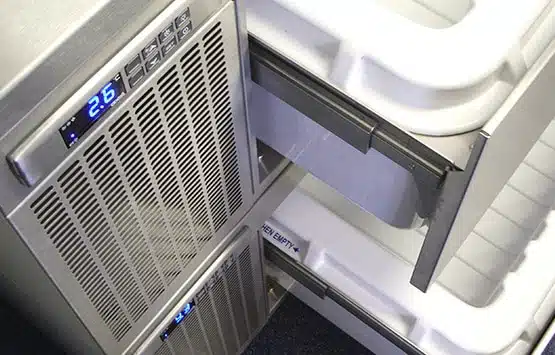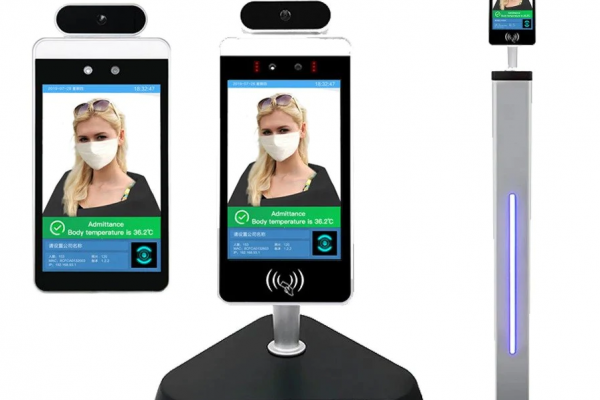Introduction
Isolation gowns, sometimes known as medical gowns, are personal protective equipment used by healthcare workers in hospitals, surgical rooms, and other healthcare settings. These isolation gowns are specifically designed to protect the wearer from the spread of diseases and infections, especially when the wearer comes into contact with contaminated surfaces and infectious liquids. These gowns offer varying levels of protection. Each gown is intended for certain settings and situations. Here are the defined levels of protection:
- Level 1: Minimal risk – This is used during basic care, used as a cover gown for visitors, or in standard isolation.
- Level 2: Low risk – This is normally used by individuals that are working in the intensive care unit when drawing blood and in the laboratory.
- Level 3: Moderate risk – Used in the emergency room, inserting an IV line, or for trauma cases
- Level 4: High risk – Used during surgery, when there are infectious diseases that are suspected, and intense procedures.
5 critical elements of gowns
Isolation gowns are not hard to produce, but the characteristics of these elements can be confusing; we will, in this post, describe five critical aspects:
- 1. Material: PP, Coated PP, SMS, and Vinyl
- 2. Lamination: Extrusion or hot lamination
- 3. Seam treatments: Sewn / Heat-welded / Seam taped
- 4. Closure styles: Velcro / Back tie / Side tie
- 5. Cuff style: Thumb-hook/Elasticated/Knitted
Material:
Depending on the material we use, the protection level of a gown will be quite different. See comparison table below:
Spun-bonded Polypropylene:
Polypropylene (PP) is the most commonly used material in making the spun-bonded non-woven fabric.
Depending on how dense the PP material is, the final fabric will have different physical performance, and fluid resistance performance increases with the PP density. The measurement of density is by weight per square meter, known as gsm. The most commonly used levels are 25 gsm, 40 gsm, and 65 gsm.
However, even up to 100 gsm, pure PP non-coated spun-bond cannot provide enough fluid resistance to comply with AAMI Level 1 standard.
Vinyl, PVC or CPE:
Vinyl (also known as PVC or CPE) is a type of material purchasers should raise questions about.
Vinyl is often used for raincoats, and provides excellent fluid resistance, but does nothing for breathability. Wearers will always feel hot and uncomfortable. Vinyl costs much less than PP or SMS, so manufacturers use it to make low-quality, inexpensive gowns.
Coated Spun-bonded Polypropylene:
Coated PP material was introduced and has become the most widely used material for AAMI Level 1-3 gowns. The coating increases the fluid resistance of PP while keeping its breathability and low-cost merits, and it provides enough protection while the coating still allows for vapour transmission. Therefore, to wearers, it still feels “breathable”.
Better gowns are made from 40 gsm+ PE coated PP material to produce Level 1-3 gowns, which provides solid protection capability while balancing the cost simultaneously.
SMS:
SMS fabrics are the top performers in liquid resistance, pathogen filtration and breathability. Because the production procedure is more complex with SMS, the price will always be higher than coated PP material. Therefore SMS gowns are usually only purchased for more serious situations in health care.
Multiple layers of spun-bond and melt-blown are laid down and bonded, using almost the same procedure as making masks. This provides high particle and pathogen filtration similar to high quality face masks.
TARUO AAMI Level 3 SMS
Lamination
The laminating techniques of fabrics can be very confusing, is easily misunderstood, but is a crucial aspect in the selection of isolation gowns. The two most used PP + PE lamination techniques are: Extrusion lamination and hot lamination. Some very experienced purchasers are frequently unable to distinguish between them.
The extrusion laminating uses PE material layered onto the spun-bonded PP base and then heat bonded into the fabric. Therefore, the material is more durable but allows lower vapour permeability. Since the PP + PE gowns are single use only, durability of extrusion laminating is not much help. And the side effect is a much less breathable fabric, making the wearer uncomfortable.
Some suppliers mix up the extrusion laminated PP + PE materials with hot laminated PP + PE materials, and tend to mislead clients’ impression about the laminated gowns.
The hot laminating technique adheres a film of PE on the PP base, and this process provides fluid resistance ability and makes full use of the breathability feature of PE material, so the final product is “breathable” and at the same time providing good protection.
Seam Treatment:
The seam treatment of the isolation gowns is another important detail because liquid can penetrate along a seam line. Seams should therefore be tested under the same standard.
There are three popular types of seam treatment: Sewn / Heat-welded / Seam taped.
The most common way to close the seam is to sew with a sewing machine. This method would ensure the best production capacity. However, the sewn seam has a high risk of failing the hydrostatic test. These should only be used in producing AAMI level 1 gowns. If this seam treatment is used on level 2-4 gowns, we would suggest an added seam test for integrity.
Ultrasonic welding is used to join the two pieces of heat melt fabric together. This seam treatment resists liquid penetration, and in lab testing, hydrostatic pressure test averages 4.2 kPa, which means heat welding is great for AAMI level 2 gowns but carries a caveat for the AAMI Level 3-4 gowns.
The most complex seam treatment is taping. This method uses a strip of waterproof tape to cover the seams which is then glued and/or heat bonded to cover each seam. This method shows the best liquid resistance and tensile strength, and lab tests show it easily passes 8kPa of hydrostatic pressure test, which qualifies it for AAMI level 1-4 standards.
Isolation gowns have different closure styles, that are not related to the protection level, but to the user experience. The Back tie and Side tie style is the most common closure, while some users prefer the Velcro closure for its easy doffing. It is suggested for the purchasers to consult with users before making a decision, because it has been observed that this small detail is one of the most sensitive points for the users, and is vital to create better user feedback.
Cuff Style:
There are three types of cuffs used on isolation gowns: Thumb-hook (also known as thumbs-up), elastic and knitted
CPE gowns are generally made with thumb-hooks, as this constitutes part of the die-cut process, and adds no cost into the finished product. One drawback is that the cuff of the gown must be covered with a suitable glove to ensure proper protection.
Fabric gowns are made either with elasticated cuffs or knitted cuffs.
Elasticated cuffs are simply elastic sewn into the cuff to enable donning while still providing a tight ‘seal’ around the wrist. The drawback is this can lead to uncomfortable pressure on the wrist when worn over extended periods.
Knitted cuffs are both the most expensive to produce, provide the best protection, and best long-term comfort for the wearer.
The cuff is the most critical point for potential fluid entry, and correct gloving technique is responsible for maintaining this integrity
In conclusion:
Isolation gowns are available for purchase in a wide range of materials, closures, styles and construction.
- There is no doubt that the CPE ‘diecut’ gown is THE most cost effective type, but lacks durability and breathability, while still protecting the wearer from fluid splash
- Two layer PP without laminated PE will be very breathable, but will barely comply with fluid penetration requirements
- PP/PE using extrusion laminating with sewn seams follows up, but has much lower levels fluid resistance, has higher breathability than CPE, but lower than PP
- PP/PE using a hot laminating process and sewn seams will most definitely exceed level 1 parameters, be more breathable than #3, and will more certainly comply for at least Level 1.
- PP/PE hot laminate with welded seams will be relatively breathable, and be able to pass more stringent fluid barrier tests, complying with Level 1-4.
- SMS is by far the best in all areas, but high cost will preclude their use in all but the most sensitive field of use. Up to Level 4 compliance.
- Cuff selection is a factor which will be determined at field level depending on the level of protection and comfort required.
- Closures will also be determined at field level, based on user preference.
















